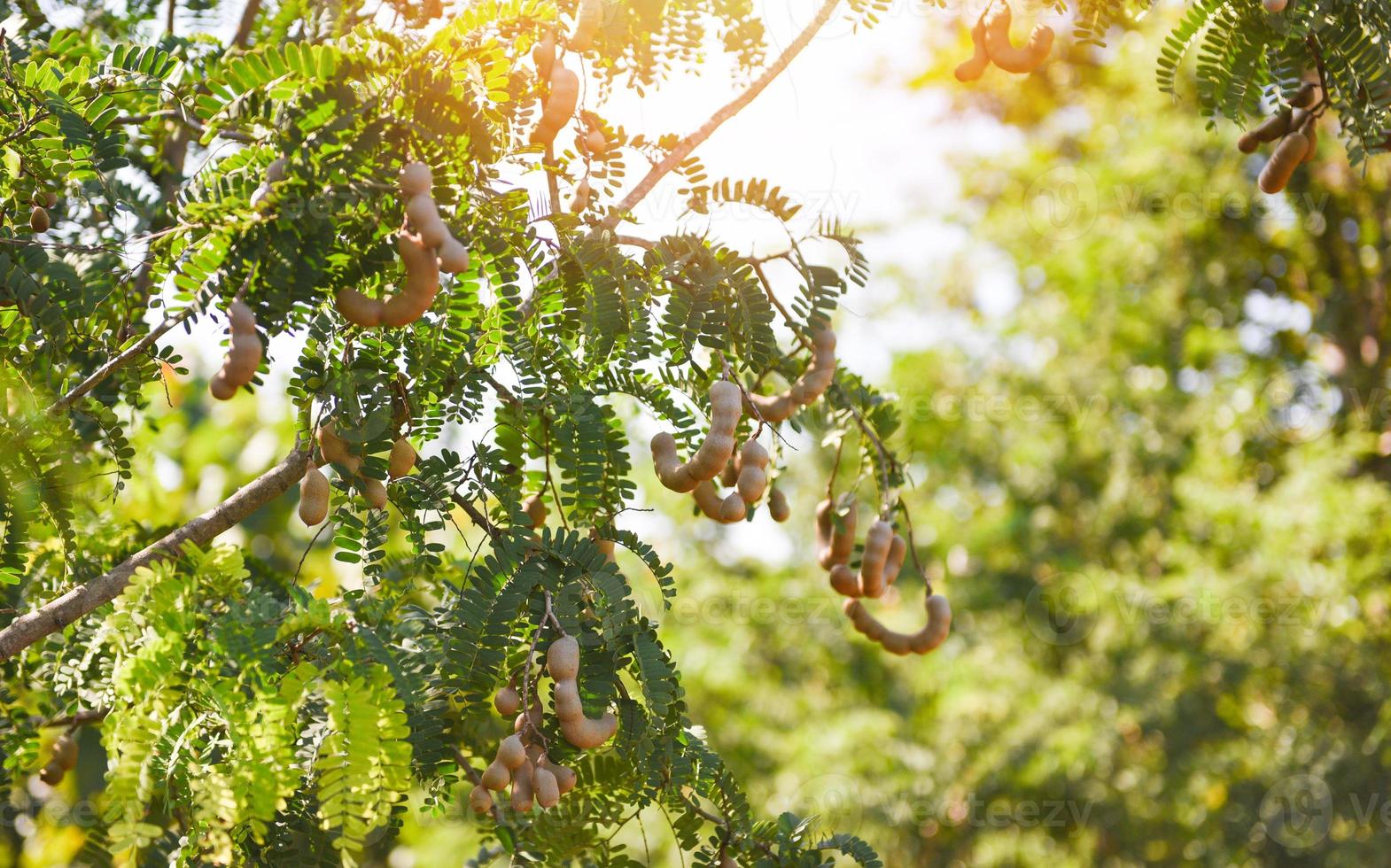
The Sustainable Impact of Tamarind Products in Modern Food Industry

The Sustainable Impact of Tamarind Products in Modern Food Industry

In recent years, the food industry has witnessed a profound shift towards sustainability and natural ingredients. Among these, tamarind has emerged as a versatile and eco-friendly option that's transforming how we approach food production. At Esskay Natural, we've been at the forefront of this movement, pioneering innovative approaches to tamarind cultivation and processing.
What Makes Tamarind a Sustainable Powerhouse?
Tamarind trees are remarkable for their resilience and longevity. A single mature tree can produce up to 175kg of fruit annually and continue bearing for 60-80 years, making it an exceptionally sustainable crop. Unlike many commercial crops, tamarind trees:
- Require minimal water once established
- Naturally resist many pests and diseases
- Thrive in diverse soil conditions
- Contribute to carbon sequestration
- Provide shade and prevent soil erosion
By incorporating tamarind into food production systems, manufacturers can significantly reduce their environmental footprint while tapping into a resource that naturally renews itself.
Beyond Sustainability: Tamarind's Functional Benefits
The appeal of tamarind extends far beyond its environmental credentials. Our research has demonstrated that tamarind-based ingredients offer remarkable functional properties that can replace artificial additives in numerous applications:
Natural Preservation
The inherent acidity and antioxidant properties of tamarind extract have been shown to extend shelf life in various food products. Our latest studies indicate that tamarind-based preservatives can increase shelf stability by up to 40% in certain applications, eliminating the need for synthetic preservatives.
Flavor Enhancement
Perhaps the most celebrated aspect of tamarind is its complex flavor profile. The perfect balance of sweet, sour, and savory notes makes it an ideal natural flavor enhancer. Food producers are increasingly turning to tamarind to reduce sodium content while maintaining taste appeal.
"Tamarind has revolutionized our product development process. We've been able to reduce sodium by 25% while actually improving consumer taste scores." - Chef Marcus Lee, Product Development Director
Texture Modification
The natural pectin and fiber content in tamarind provide exceptional thickening and binding properties. This makes it valuable in everything from sauces and condiments to plant-based meat alternatives, where texture is paramount to consumer acceptance.
Our Sustainable Supply Chain
At Esskay Natural, sustainability isn't limited to the inherent properties of tamarind—it extends throughout our entire operation. We've established direct partnerships with farming communities across India, Thailand, and Mexico, implementing regenerative agricultural practices that:
- Promote biodiversity through mixed planting systems
- Ensure fair compensation for farmers through transparent pricing models
- Minimize processing waste through innovative extraction techniques
- Reduce transportation emissions by optimizing logistics networks
These efforts have resulted in a 35% reduction in our overall carbon footprint over the past five years, while simultaneously improving product quality and consistency.
Innovative Applications in the Food Industry
The versatility of tamarind has inspired a wave of innovation across food categories. Some of the most promising applications include:
Plant-Based Products
Tamarind's umami notes and binding properties make it an excellent ingredient in plant-based meat alternatives, contributing to both flavor and texture.
Clean-Label Condiments
The natural acidity and complex flavor profile of tamarind extract is replacing artificial flavors and preservatives in everything from barbecue sauces to salad dressings.
Functional Beverages
Rich in antioxidants and minerals, tamarind is finding its way into the booming functional beverage market, where consumers seek natural ingredients with nutritional benefits.
Looking to the Future
As consumer demand for sustainable, natural ingredients continues to grow, we anticipate tamarind will play an increasingly vital role in food formulations. Our R&D team is currently exploring new processing technologies that further enhance tamarind's functional properties while reducing energy consumption.
We're also expanding our farmer education programs to increase yields sustainably and developing new varieties that are even more drought-resistant to address the challenges of climate change.
Conclusion
The journey toward truly sustainable food systems requires reimagining every aspect of production. By incorporating ingredients like tamarind that offer both environmental benefits and functional advantages, manufacturers can satisfy consumer demands while contributing to a healthier planet.
At Esskay Natural, we're committed to continuing our research and development efforts, ensuring that tamarind reaches its full potential as a cornerstone of sustainable food production.
About the Author

Sarah Johnson
Food Industry Expert
With over 15 years of experience in the food industry, our expert brings valuable insights into natural ingredients and their applications in commercial food production.